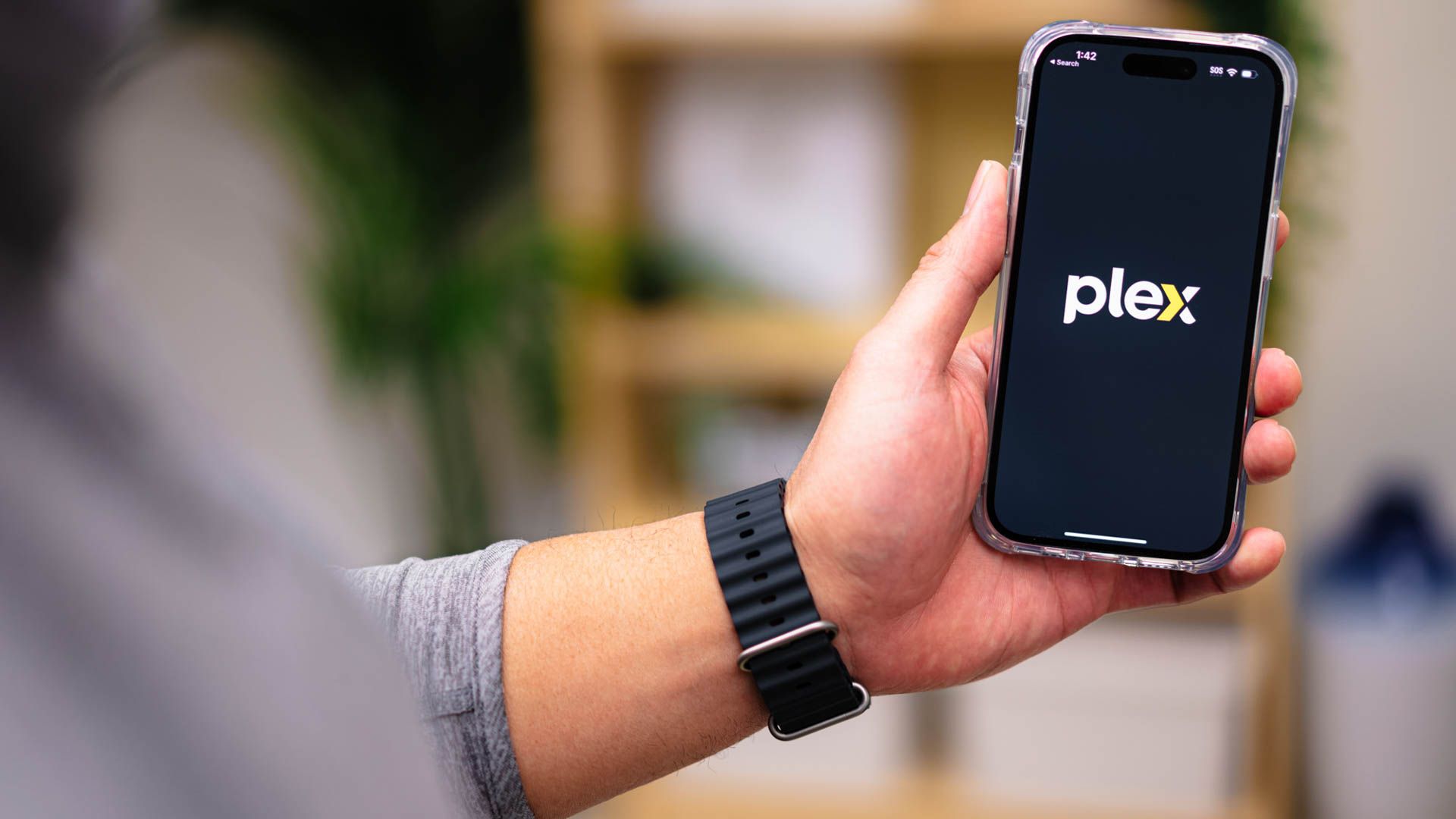Plex remote streaming now defaults to a 12 Mbps bitrate and 1080p resolution, up from the previous 4Mbps 720p default. This will improve remote streaming quality for remote Plex users who don't take the time to adjust their settings, and it will prevent unnecessary transcoding in some circumstances. Still, this update highlights one of Plex's biggest problems—default remote streaming quality is not a server-side setting, so server owners are left at the behest of their family and friends.
This stuff may seem a bit complicated, but it's actually pretty simple. Let's pretend that you've got a bunch of 4K movies on your Plex server. When a friend or family member tries to stream one of these 4K movies (from outside of your home), it will be transcoded to the default remote streaming quality (now 12Mbps 1080p). So, not only will the movie look crappier than it's supposed to, but your server's performance will be temporarily slowed by the transcoding process. If several transcodes occur simultaneously, everyone will have trouble streaming from your server. (Of course, 1080p movies should rarely experience transcoding with these updated default settings.)
But your friends and family can change their remote streaming quality to "direct." With this setting enabled, transcoding will only occur when a client device (phone, smart TV, etc) cannot play a media file (either because of a slow internet connection or a file incompatibility). Here's the problem; sever owners need to tell everybody to change this setting. If somebody chooses not to listen (or just doesn't understand this stuff), they will unwittingly transcode any file that exceeds Plex's default remote streaming quality.
Some server owners maintain low-quality and high-quality versions of all movies to try and get around this problem—a good solution for some, but a pain in the neck for others. Realistically, Plex should make default remote streaming quality a server-side setting. (Yes, there is a server-side setting that limits remote streaming quality. There needs to be one that sets a default quality for client devices.)
There are some arguments against this functionality. Those who are worried about their internet data cap, for example, may prefer to transcode movies to a lower quality. But Plex could mitigate the problem by offering settings to both server owners and clients.
Again, this is a helpful update. Plex is making a real and notable improvement to its service. But for many server owners, this is just a Band-Aid that fails to solve a larger problem. Note that the new default remote streaming quality will require an app update, and it may be some time before all users encounter the new behavior.
Source: Plex via u/Jwborc39963
